Snails and slugs are a nuisance to gardeners worldwide. Your spring vegetable and herb garden offers a banquet to these pesky mollusks, which largely remain hidden during the day, and emerge to feast on your plants during the night.
When you go outside in the morning to check on your garden, the chewed leaves and stems of your prized garden plants provide evidence that they were out while you slept.
How do you control these garden pests?
Here are the most common ways to keep your vegetable and ornamental crops safe. Get rid of slugs and snails on your fruit trees, your greenhouse, your orchard, and organic herbs.
31 tips to control snails and slugs in the garden:
1. Pick them Off by Hand.
Ewwww. Yes, we get it, this remedy is not for everyone. If you do decide to go this way, wait an hour or two after the sun goes down, and go out and inspect your garden plants with a flashlight.
If you see any snails or slugs on your plants, remove them. If you don’t want to touch these slimey critters with your bare hands, wear a latex surgical glove, or use a tweezer or pair of chop-sticks to catch the slugs/snails.
2. Make Slug Traps.
There are a number of ways to do this yourself. You can lay boards on the dirt between the plants being attacked. Slugs will seek shelter out of the sunlight during the daytime hours.
You can then go out and lift up the boards, scoop-up any slugs you find, and remove them from your garden.
Another DIY trap is to take an old terra cotta flower pot, and turn it upside down over a board, leaving it propped-up on one side so snails and slugs can crawl under the pot to hide during the day.
Besides making your own there’s also the option of store-bought slug traps. Periodically check the pot and dispose of any slimy critters you come across.
- Pro tip: If you set snail traps by digging a hole in the ground and set a used can inside make sure NOT to place it so that the edges are even with the soil. This will cause beneficial creatures to fall in and drown as well. Slugs and snails will climb in even if it’s not buried at all.
3. Feed them Citrus Peels.
Slugs love citrus, so don’t throw away your orange or grapefruit rinds. Instead put them in your garden to bait the slugs and snails away from your plants.
In the morning, check your peels to see if any slugs or snails are on them, and remove these from your garden. Refresh with new peels as appropriate to continue your decoy operation.
4. Encourage Predators to Visit Your Garden.
Try to encourage lightning bugs to breed in your garden. The larval form of this insect (the glowworm) is a voracious predator, and slugs are on its menu.
Rove beetles are another carnivorous insect that are attracted to slugs and snails. Encourage toads to inhabit your garden, as they will also eat a lot of slugs.
Releasing a pet duck or chicken in your garden will also result in many eaten slugs and snails. If a possum visits your neighborhood at night, it will also eat snails and slugs.
Frogs and toads are natural predators of slugs and snails too. Encourage these critters to reside in your yard by setting up a ceramic toad house. Or make a DIY toad house from an old plant pot.
- Other predators: crows, blackbirds, jays, owls, robins, trushes, starlings and seagulls.
5. Deter them with Scratchy Surfaces.
Slugs and snails do not like to crawl over scratchy surfaces. You might try surrounding the stems of your plants with crushed egg shells, a layer of diatomaceous earth, or insert a sand-paper collar around the stem.
These methods will not kill slugs or snails, but might slow them down and keep them off your plants.
6. Use diatomaceous earth
Also called insect dust, this natural product which is safe for human or animal consumption, works as a barrier.
Just like with egg shells it has sharp, very fine, edges that are harmful to the soft bodies of slugs and snails.
Sprinkle diatomaceous earth on soil around plants you want to protect. Keep in mind that it is less potent when wet requiring new application after rainfall or plant watering.
Make sure to get food-grade, untreated diatomaceous earth that is formulated for garden use.
7. Deter them with Copper.
Research shows that slugs and snails cannot tolerate crawling on copper surfaces, which gives them a mild electrical shock when they touch it.
You can put copper bands around your flower pots, fruit-tree trunks, etc., to deter them from crawling up and onto the foliage of your plants.
You can also attach copper flashing to the edges of your grow-beds and greenhouse benches. This method will deter slugs and snails, but will not kill them.
In addition to special copper mesh (commonly uses as a mice deterrent), copper tape barrier, and copper band rings to put on plant pots, you can also use pennies to keep slugs and snails away.
7. Deter them with Predatory Snails.
See if the European Decollate Snail has been introduced to your area to combat the invasive garden snail. If it has, introduce them to your garden.
It will eat any snails or slugs it comes across. Though it might also feed some on your vegetation, it is mostly carnivorous and attracted to other land-mollusks.
8. Deter them with Herbal Repellents.
Plant sage (salvia officinalis) or mint around your garden plants. These will help deter slugs and snails from coming into your garden. Other herbs and plants which may deter snails and slugs include hyssop, chives, garlic, fennel, geraniums, and foxgloves.
Don’t make the mistake to plant Salvia splendens (scarlet sage, tropical sage) which actually atracts slugs.
9. Make a Vinegar Spray.
Mix equal parts water and vinegar in a pump spray bottle. Go out into your garden during the hours that snails and slugs are active, and spray any that you see.
Vinegar is mildly acidic and will kill any snails or slugs it touches. Vinegar is toxic to vegetation, so only spray snails or slugs that are not on your plants.
10. Make an Ammonia Spray.
Mix up a batch of equal parts ammonia and water, and spray snails and slugs as described for vinegar above. While vinegar is an acid, ammonia is a strong base and will also kill any snails or slugs it contacts.
11. Make a Dog or Cat Food Trap.
Take a tin-foil pie plate and cut openings along the rim large enough to allow snails to enter. Place these upside down over a small pile of dog or cat food.
The slugs and snails will be attracted to the pet food and find the upturned pie plate a nifty hiding place for the day. Go out during day time and remove the pie tin and scoop up and dispose of any snails or slugs you find.
12. Use a Beer or Yeast and Honey Mixture.
Snails and slugs are attracted to the scent of beer or a mixture of yeast and honey. It is a common wisdom that the pests love beer but it’s in fact the yeast in the popular beverage that attracts them. Which explains why yeast (with our without honey works too).
Put out a saucer filled with (stale) beer, or the yeast and honey mixture. Sink the saucer into the ground enough so the lip of the saucer is at ground level.
Slugs and snails will get into the mixture and drown. Empty and refill the saucer every couple of days.
- Pro tip: A tin can or other kind of container works too. Do not put the edge to ground level to prevent that certain beetles and other beneficial insects tumble in.
13. Spear Some Snails and Slugs.
Get a flashlight and a long wooden Shish-ka-bob skewer and go out to your garden one evening to impale any snails or slugs you come across. When you are finished, chuck your skewer and impaled mollusks in the trash.
14. Dispatch them with Coffee.
Snails and slugs cannot tolerate caffeine, so you can deter them by placing coffee grounds around your plants, or spraying them with a coffee spray.
This is a much disputed anti-snail remedy. We have tried it ourselves without success. Snails and slugs just don’t seem to be bothered. This despite the fact that research demonstrates that caffeine indeed does kill slugs.
Scientists theorize caffeine acts as a potent neurotoxin thus causing the reduction in appetite and death.
Studies showed that a 1-2% caffeine spray was sufficient to kill slugs and snails. At lower concentrations, about 100 times weaker, the slugs lost their appetite.
Be careful with plants though, because although coffee is a natural substance,
“1-2% is a very high concentration of caffeine. That might be potentially damaging to plants and invertebrates other than slugs such as insects.”
Said Dr David Bohan, of the UK agricultural research institute IACR-Rothamsted to BBC News Online.
15. Deter them with Garlic.
Research published in the academic journal, Crop Protection has revealed that garlic kills snails and slugs. You can make a garlic spray and spray them when they emerge in your garden at night.
16. Deter them with Hair.
Go to your local barber shop and ask for some floor sweepings from the day. Put the hair around the bases of your plants.
The slugs and snails will get tangled up in it as they approach your plants. The hair will also add nitrogen to the soil around your plants as it decomposes.
17. Attack them with Salt.
Salt is a desiccant and will cause snails and slugs to dry out. Just don’t get too much of it on your plants, because it is not good for them, either.
18. Deter them with Epsom Salts.
Epsom salts (magnesium sulfate) sprinkled on the soil will help deter snails and slugs and also help prevent magnesium deficiency in your plants.
19. Destroy their Slime Trails.
Slugs and snails tend to follow each other’s slime trails. When you come across one, wipe or wash it away. This will help to keep a slug’s friends from following it.
20. Deter them with Petroleum Jelly.
If you see slugs or snails climbing up your plant pots while enroute to their dinner (your plants’ foliage), you can foil their plans by applying a layer of petroleum jelly around the bases and tops of your pots. The slugs and snails will have difficulty crawling over it.
21. Place Sawdust around Your Plants.
Snails and slugs find sawdust to be unattractive and will avoid crossing it unless they are starving. They also do not like to crawl over sand.
22. Save Your Salted Nut Shells.
Any salted nut shells can be placed around your plants. The edges are sharp and the shells are salty, which the snails and slugs do not like.
23. Place Bird and Insect Netting over Your Plants.
This may not deter slugs, but if your problem is primarily snails, their shells will get tangled in the netting.
24. Change your watering routine
If your watering schedule involves watering your garden in the evening you may want to adjust. Slugs thrive at damp conditions and are most active at night.
Water in the morning instead, this will ensure the surface soil is dry by evening. Research indicates this can reduce slug damage by 80%.
25. Use Organic Baits on them.
Two of the best organic snail and slug bait products on the market are Sluggo and Escar-Go which contain iron phosphate.
When snails or slugs eat these baits, the iron phosphate interferes with calcium metabolism in their gut, causing the snails and slugs to stop eating almost immediately.
They die 3 to 6 days later. These products are safe to use around pets, humans, fish, birds, beneficial insects, and mammals.
26. Use Methaldehyde Baits.
If all else fails, treat them with methaldehyde baits. Metaldehyde is a molluscicide that attracts the pests and dehydrates the snail or slug rather rapidly if it eats this poison.
Slug and snail baits with metaldehyde are sufficiently toxic that they are not recommended for use around edible vegetables, and can be harmful to dogs, cats, and fish.
- Safety note: commercial snail bait typically contains either iron phosphate or metaldehyde. Metaldehyde is poisonous to many living creatures, including you and your family. Iron phosphate only kills snails and slugs so this is the preferred first option.
27. Employ the ‘scorched earth strategy’
The historically proven military strategy to destroy anything that can be used by the enemy can be used here too.
Slugs and snails can quickly dry out and die on a hot sunny day. Especially if you limit the number of moist hiding places.
Get rid of ground cover by removing dead wood, rocks, by cutting back vegetation, and raising items in the yard off the ground. Place plant pots and storage sheds on blocks instead of directly on the ground.
28. Pick them up and move them
Transporting slugs and snails is probably the most eco-friendly solution. Moving snails just 20 feet (6.1 m) away from your garden apepars to be just as effective as termination.
Snails do have a homing instinct, which means they tend to return to their home colony (your yard), especially during the summer and specifically in the autumn for hibernation.
Nonetheless, studies show little benefits to a gardener from killing snails.
Snails casually found and killed are only a small sample of a much larger population.
This means you either have to declare war on the slimy foes by deterring and killing as much as you can, or be prepared to make considerable efforts in moving snails consistently.
29. Install an electronic slug fence
Another safe, non-toxic method to keep slugs from eating your precious heirloom vegetables (or any plants in your yard for that matter).
The Slugs Away fence is simple yet effective 24-foot long barrier that runs off a 9 volt battery.
Contact with the fence causes slugs to turn back (it doesn’t kill them). The battery powers the fence for about 8 months. Safe for use among humans and pets.
30. Use pine seed extract
Pine seed extract offers another useful eco-friendly solution. The substance is also used in commercial, dynamic horticulture. Application of a high dilution (3:1000) is a non-lethal method to keep slugs at a distance.
31. Rhubarb leaves
Got a large yard? Chances are there’s a rhubarb plant in it too. You can pick some leaves and place them on the ground around the plants affected by slugs. Be careful as rhubarb leaves are toxic and ingestion can cause health problems.
References
Snails home. D J Dunstan1 and D J Hodgson2 Published 15 May 2014 • © 2014 The Royal Swedish Academy of Sciences, http://iopscience.iop.org
Methaldehyde. A Pesticide Information Project of Cooperative Extension Offices of Cornell University, Michigan State University, Oregon State University, and University of California at Davis, http://pmep.cce.cornell.edu.
Control Measures for Slug and Snail Hosts of Angiostrongylus cantonensis, with Special Reference to the Semi-slug Parmarion martensi, http://www.ncbi.nlm.nih.gov/.
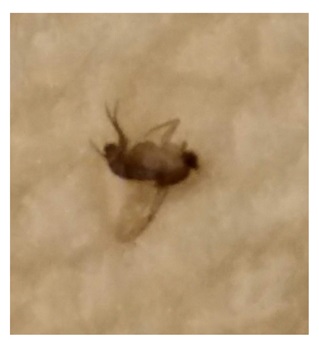
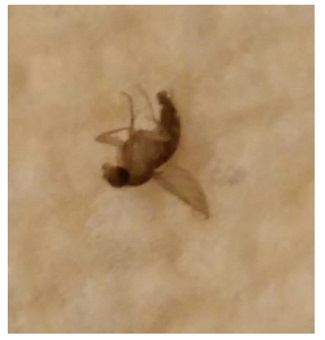
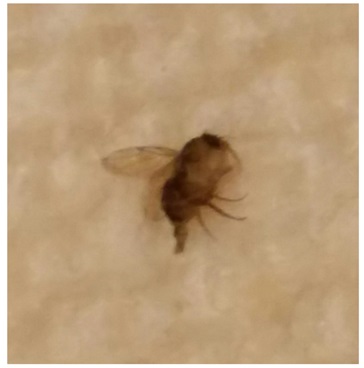
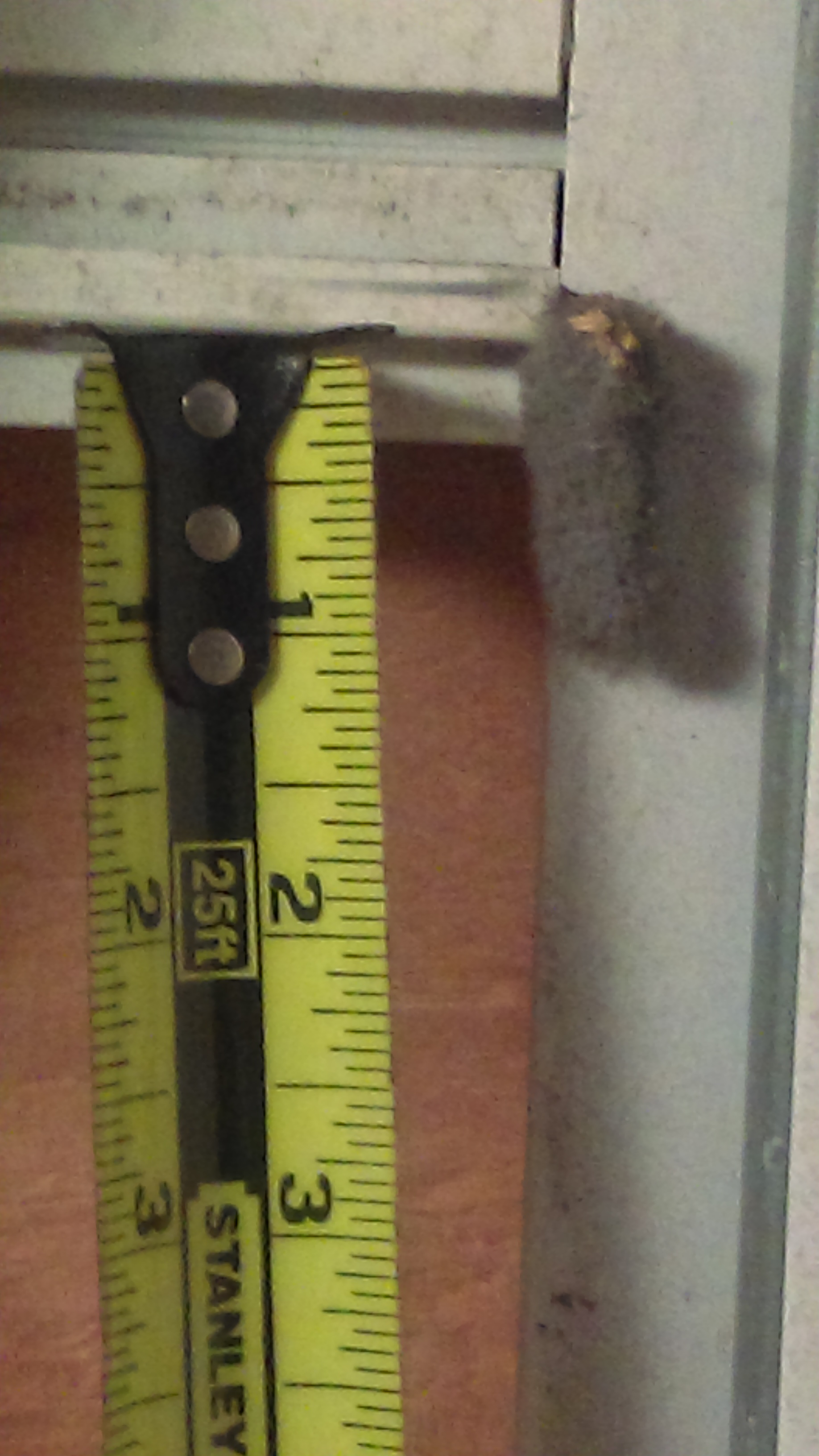
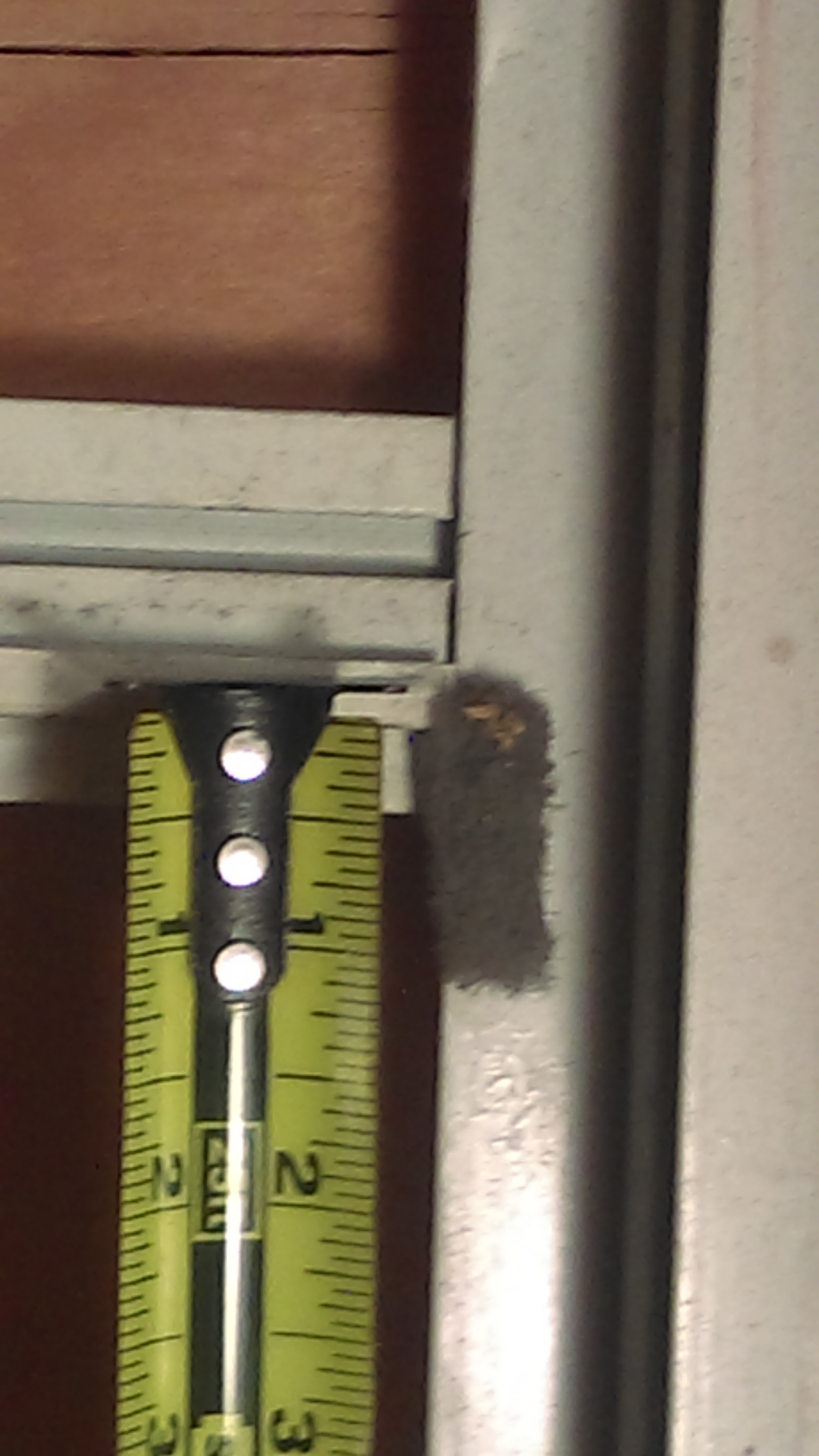
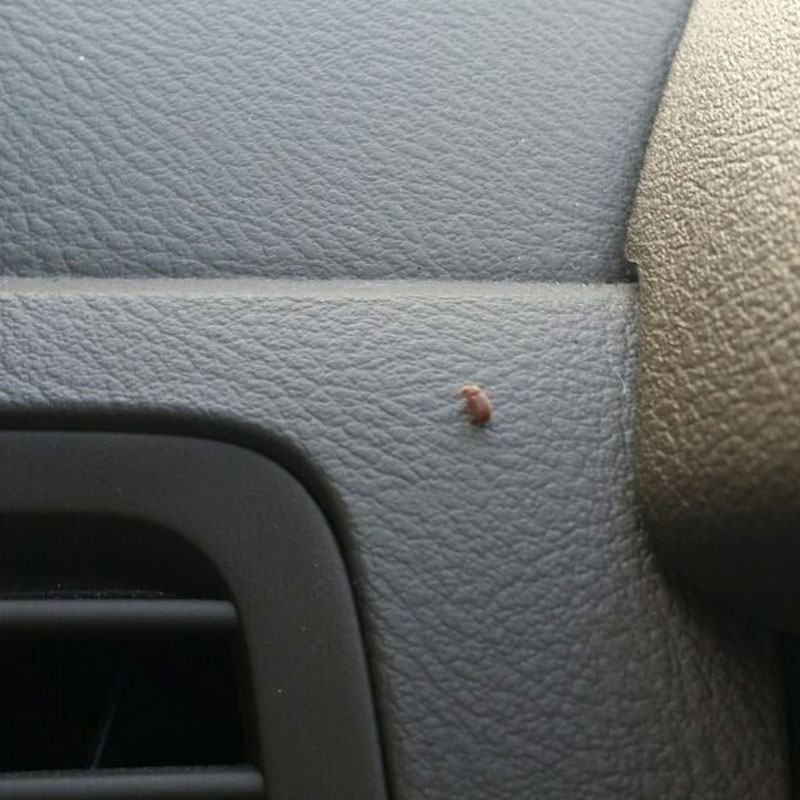
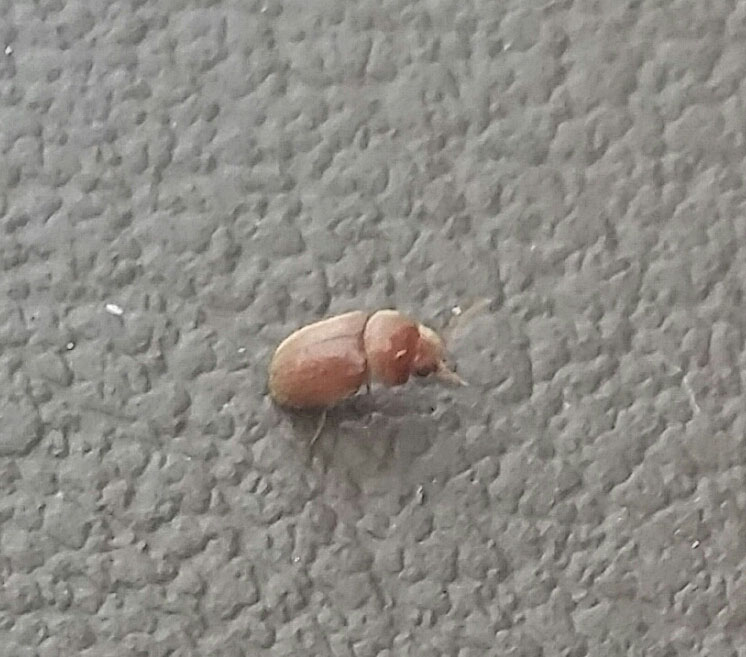
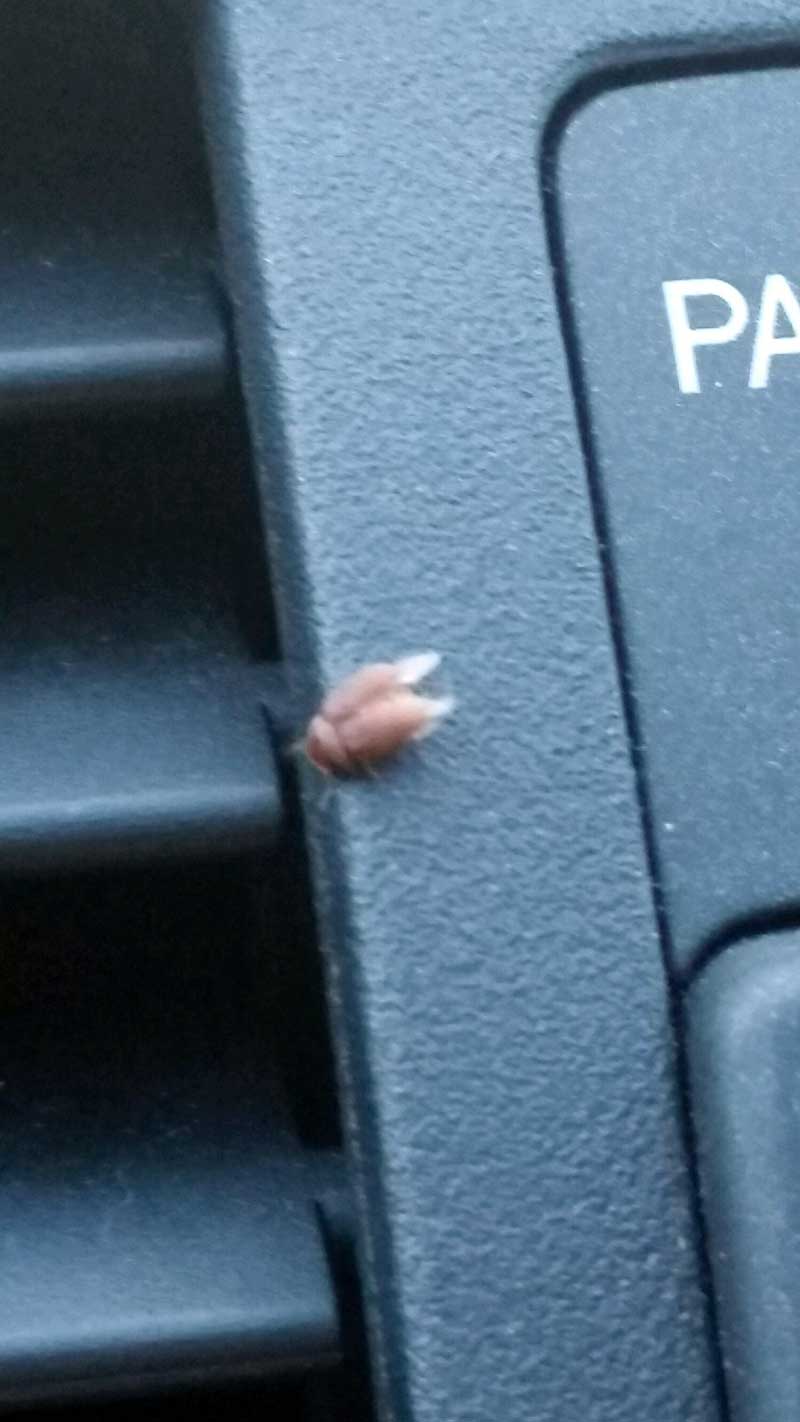


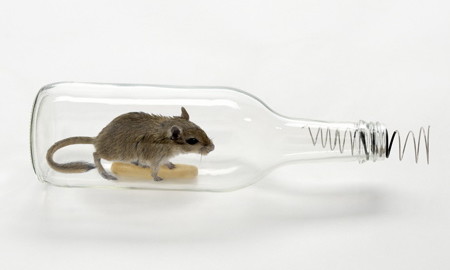
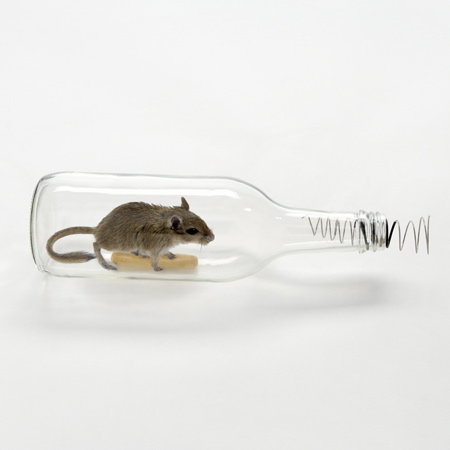



 it takes more than a cork hat to protect yourself from mosquitoes
it takes more than a cork hat to protect yourself from mosquitoes